Climate In The Dominican Republic- FAQs
Be The First To Ask About Climate In The Dominican Republic
Prices across the board in the Dominican Republic are more Latin American than they are Caribbean. You could live comfortably in the DR on a budget of $1,200.










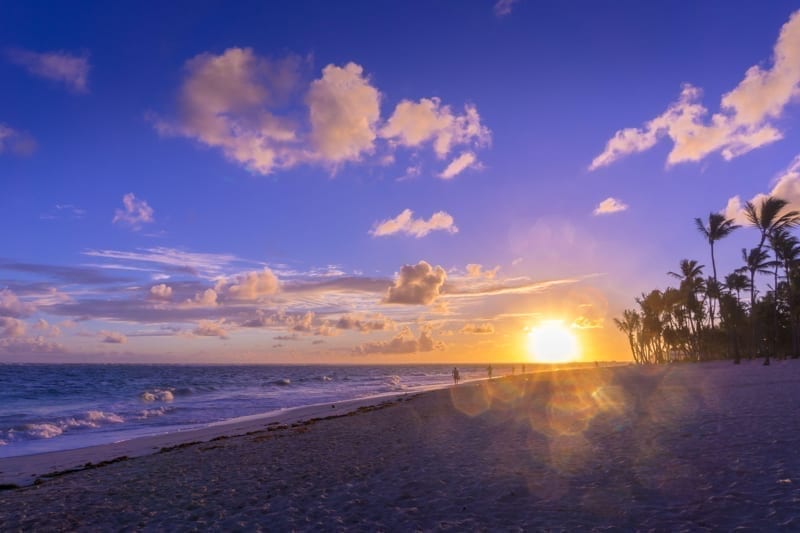

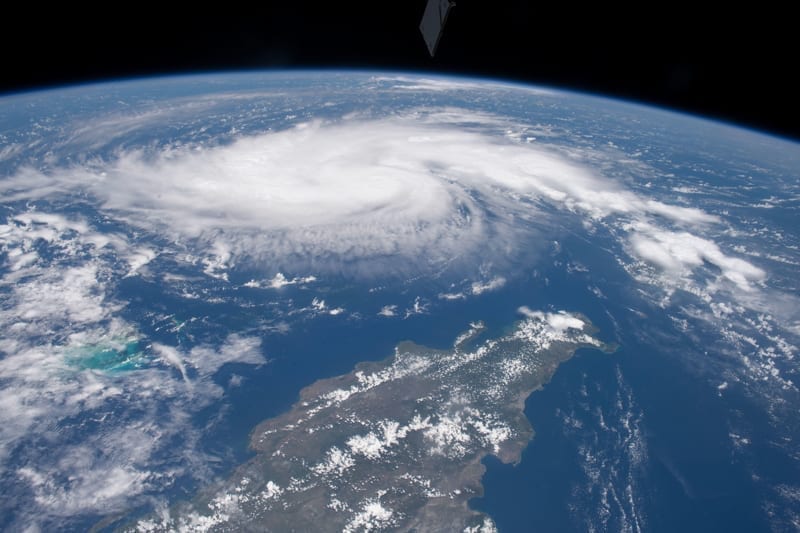
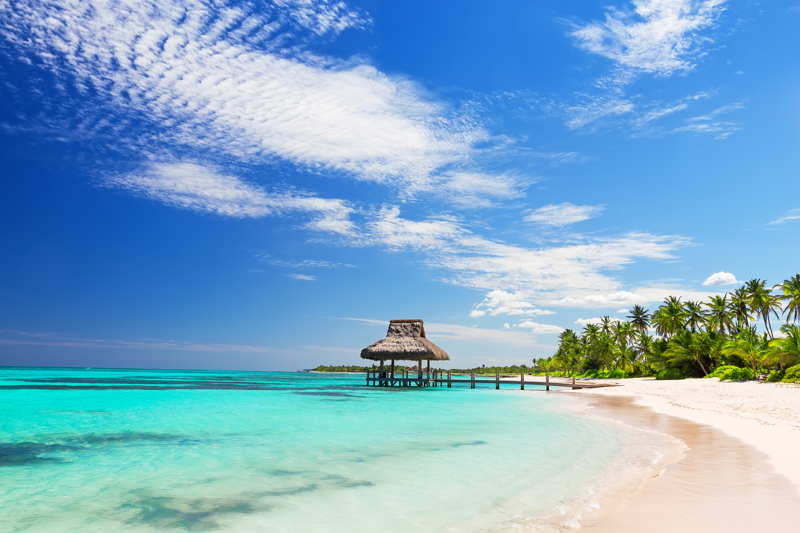 . '
. '  . '
. '  . '
. ' 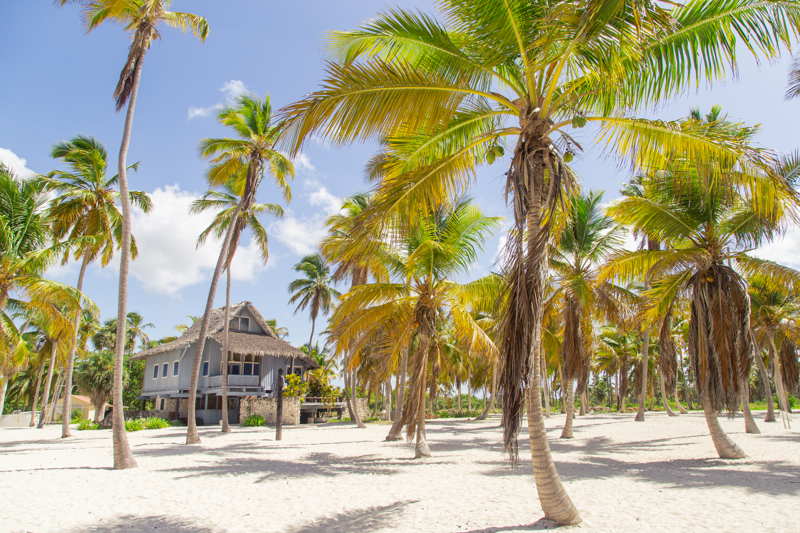 . '
. ' 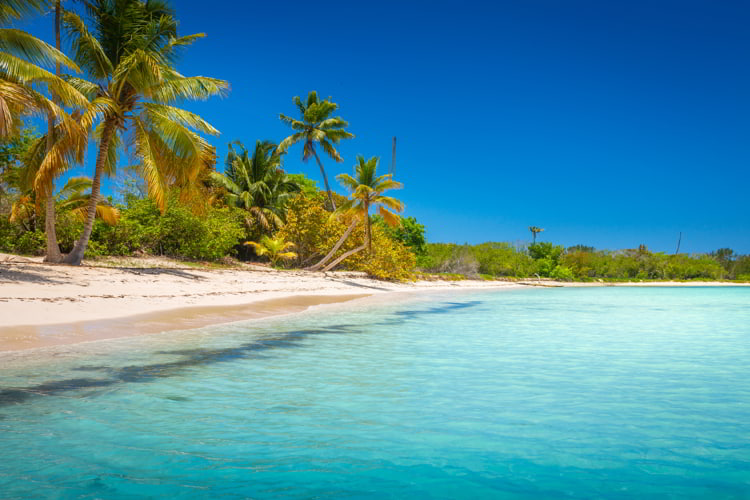 . '
. ' 



